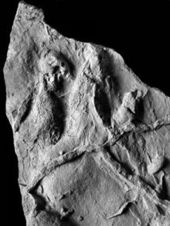
© New Scientist
Breathe in, breathe out. Breathe in, breathe out. I crack open an eye. Everyone else has theirs closed. I shut it again. Breathe in, breathe out. Around me people are sitting crossed-legged, meditating. For some it's spiritual, for others an oasis of calm. Me? I'm building a better brain.
A few months ago I would probably have bought a brain-training game, but alas, it turns out they are probably useless. Although your performance on the games improves, that effect doesn't seem to translate into the real world (see "The rise and fall of brain training" at end of article). With that in mind, I wondered if there was anything else I could do to give my grey matter a boost.
Our brains are constantly adapting to information from the world around us. However, some activities make a bigger impression than others. In recent years, researchers have been probing how outside influences, from music to meditation, might change and enhance our brains.
One of the most promising is music - and not via the famous but controversial "Mozart effect", whereby merely listening to classical music is supposed to improve brain performance. Learning to play an instrument brings about dramatic brain changes that not only improve musical skills but can also spill over into other cognitive abilities, including speech, language, memory, attention, IQ and even empathy. Should I dust off my trumpet and get practising?
